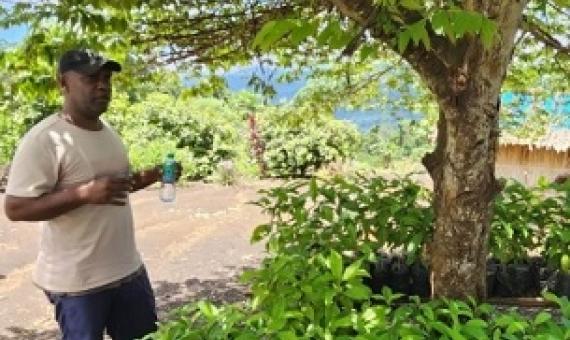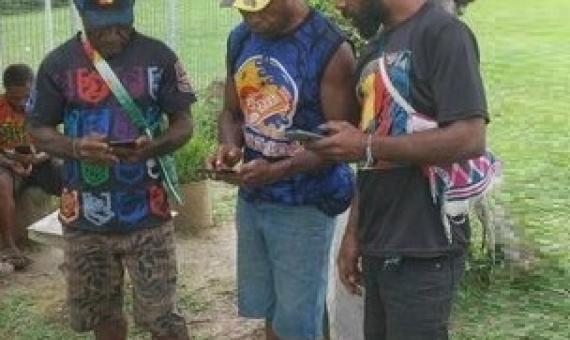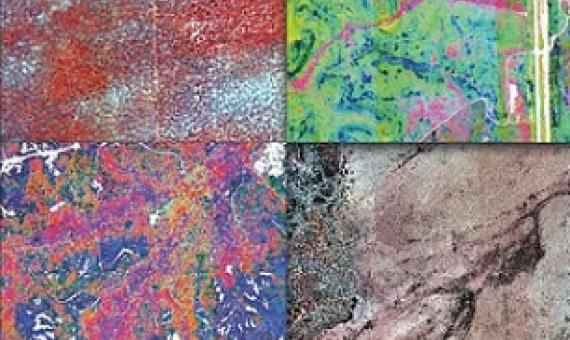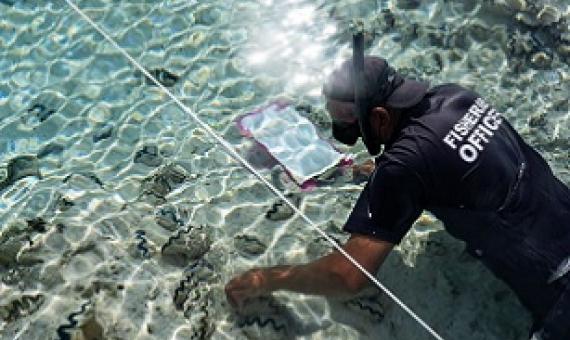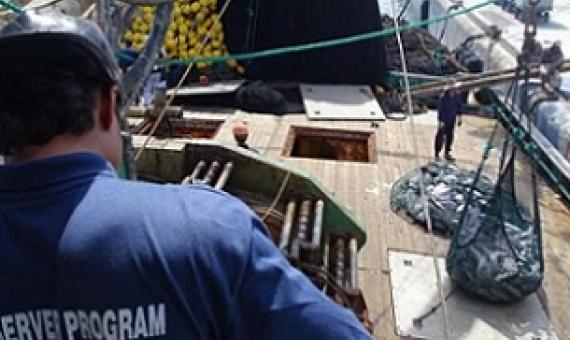Ensuring Resilient Ecosystems and Protected Areas in the Solomon Islands was the theme of a data workshop, co-facilitated by the Environmental and Monitoring and Governance(EMG) Programme of Secretariat of the Pacific Regional Environment Programme (SPREP) and the Solomon Island’s Ministry of Env
A new app, developed in-house, has made documenting biodiversity easier and more efficient for the staff of the Tenkile Conservation Alliance in Papua New Guinea.
Global biodiversity assessments require the collection of data on changes in plant biodiversity on an ongoing basis.
Recent advances in wildlife tracking techniques have enabled large-scale data collection on the detailed movements of many animal species.
Major new funding will support an ongoing initiative to provide critical data and knowledge to raise global ambition and accelerate action on the coverage, connectedness, effective management and equitable governance of protected and conserved areas around the world.
Effectively managing marine ecosystems—by preserving biodiversity, protecting ocean-based livelihoods, and ensuring sustainable fisheries—requires a lot of information about threats, and about species location, abundance, and food and habitat needs.
Ministry of Marine Resources (MMR) team has recently returned from their two-and-a-half-week expedition to Manuae and Aitutaki.
As the use of drones continues to rise throughout the island in both educational and commercial sectors, the University of Guam via NASA Guam Space Grant and NASA Guam EPSCoR will be offering its first-ever drone certification and training program for UOG students...Potential projects that would
A new transhipment monitoring portal is being touted by its developers as a major advancement in the global fishing industry.
Data-driven approach for highlighting priority areas for protection in marine areas beyond national jurisdiction
One of the aims of the United Nations (UN) negotiations on the conservation and sustainable use of marine biodiversity in areas beyond national jurisdiction (ABNJ) is to develop a legal process for the establishment of area-based management tools, including marine protected areas, in ABNJ. Here we use a conservation planning algorithm to integrate 55 global data layers on ABNJ species diversity, habitat heterogeneity, benthic features, productivity, and fishing as a means for highlighting priority regions in ABNJ to be considered for spatial protection.

